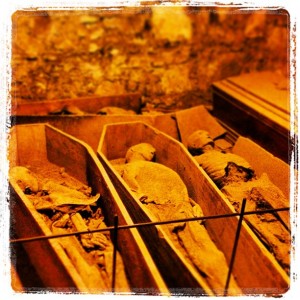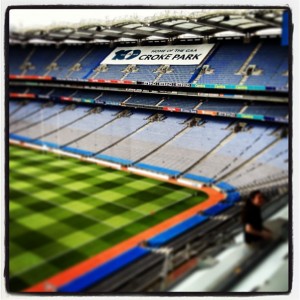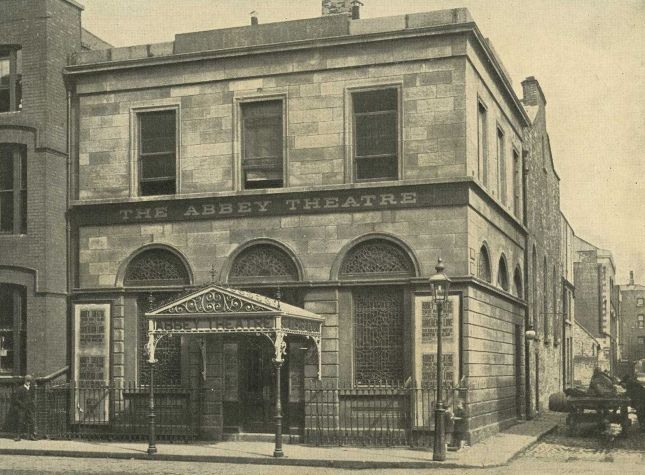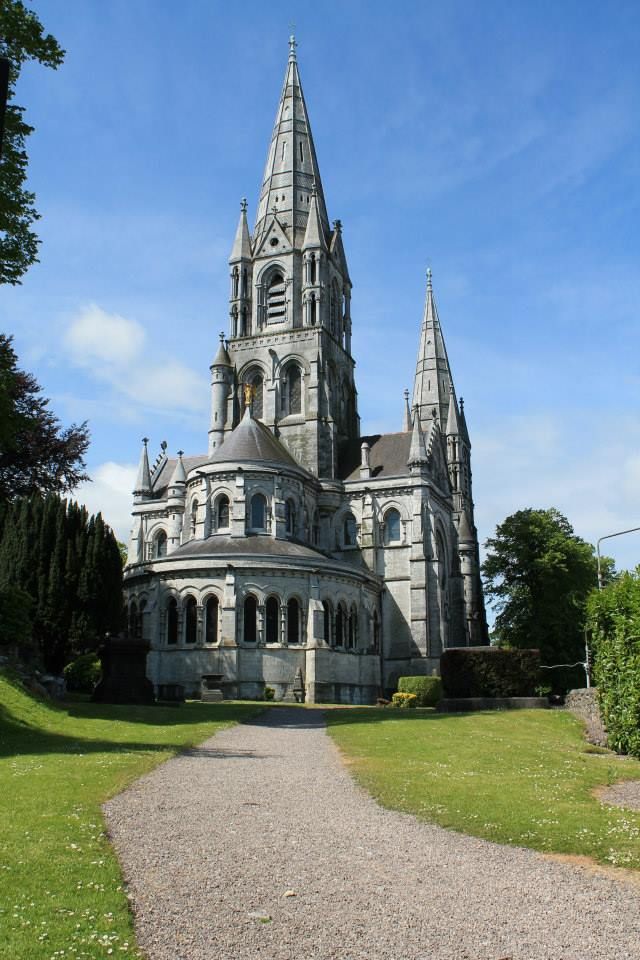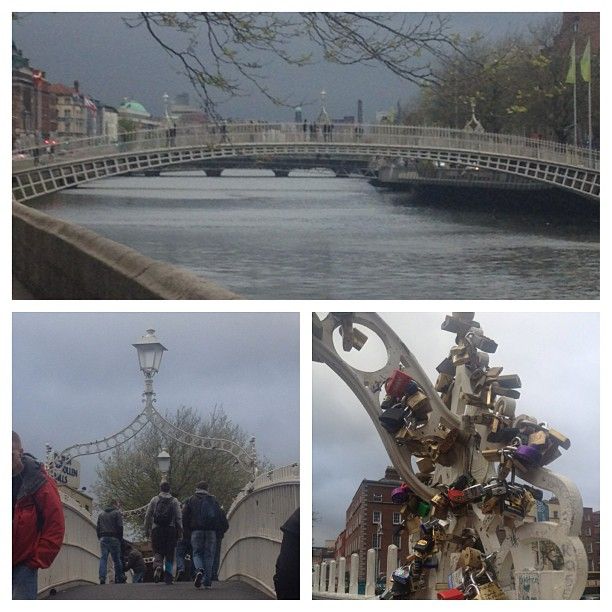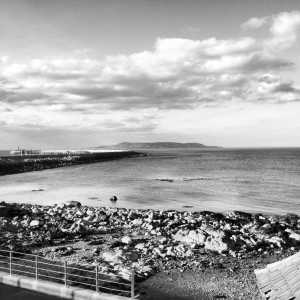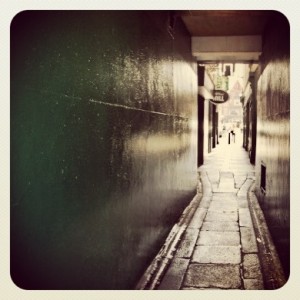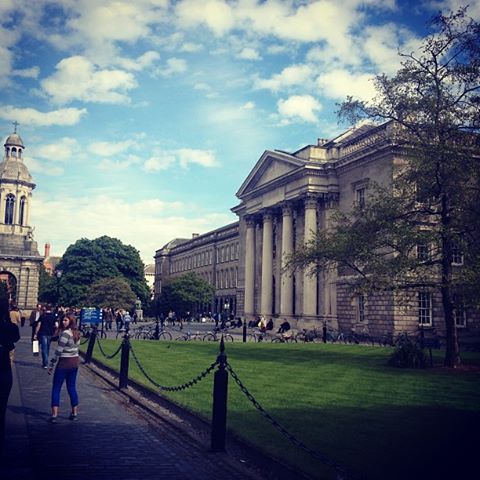Crypts. Tombs. Sepulchres. Deep dark places where the dead sleep.
Places where the dead are placed to rest are never actually full of peaceful corpses, as far as fiction in concerned. And here I was, entering into just such a place, without a single coat of chainmail, mace, or holy symbol to protect myself.
St. Michan’s proper is a rather beautiful if plain church that’s existed since the 11th century and has survived the trials and tribulations of all those longs centuries. It also happens to be the exact location in which people discovered it’s a pretty decent place to store bodies. The temperature underground stays constant year round and the limestone walls absorb the moisture from the air.
The crypts possess a semi-oppressive atmosphere. The darkness is almost alive, clinging to corners, nooks and crannies where the light of the olds electric bulbs cannot reach. The tombs, some still in use, remain unlit as per tradition. I felt the urge to move to the other side of the path as I walked past them, overactive imagination coalescing darkness into rotten hands reaching out.
However, the areas that light graced were a sight to behold. The most important of those rooms hold the remains of four people. One is relatively unknown, but by his condition it’s thought that he paid his way into the tomb. It’s the other three that are far more fascinating.
The first was a man with his feet and one hand chopped off. Battle damage? Perhaps, but it’s more likely that he was a thief who’s luck ran out (or who never had any luck to begin with), was caught and was punished. So how did he end up in the crypts? Again, he could have bought his way in, but chances are that he joined the church as a way of repentance.
The second corpse is that of a woman, and the first detail that stands out about her is the condition of the feet and hands – they’re so well preserved that one can still see her nails. This, as the tour guide explained, was a sign of her status as a nun, and when she passed it was her right to be buried under St. Michan’s.
The last body is the most fascinating. It is the body of a crusader (most likely a participant in the 3rd Crusade), whose body was brought back to the Church for its eternal slumber. The man was once 6’ 6” (a giant, especially in those days), and so his legs were broken so he could fit into the casket.
It’s eerie, being with those mummies – it’s almost as though I could feel eyes on the back of my head as I stepped into the room to touch the crusader’s hand, a little lucky charm as legend has it. But if there is anyone else here, they’re not speaking up.
I’m rather alright with that.

